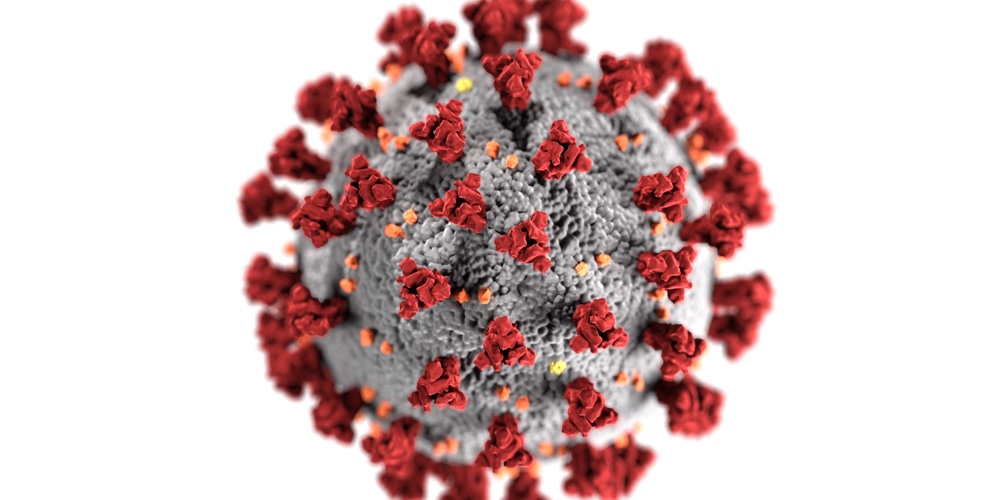Lessons about your culture from the pandemic

Everything you need to remember about your culture’s role in protecting and sustaining your organization can be learned from how viruses spread and grow.
Admittedly, there is a risk in using this analogy. It can be too soon, too political, or too much COVID depending on your experience. Please hang in with me for a few moments because those binge-watched videos from the early days of the pandemic have an important lesson for your success in the future.
Our education and experience have trained us to view organizations and institutions from a hierarchical and often linear perspective that values predictability and certainty.
The biological world operates differently. Not everyone becomes ill when exposed to the SARS CoV-2 virus, and those who do can experience wildly different symptoms. There are many factors to be considered, and their relationships and interactions influence the outcome.
It is the same with your organization. Your culture works its magic in the white space between the established, predictable lines of authority and communication. Here are three lessons to take with us as we exit from the pandemic.
Ideas spread like a virus.
Viruses spread the same way. Those grotesque protein spikes are basically a key in search of a lock. The virus enters the body in search of a healthy cell with a lock that fits its key.
Once the lock is open, the virus enters the receptive cell, copies itself millions of times, and releases the copies into the body to infect other healthy cells.
Viruses are everywhere. The debilitating and deadly ones make the news, but biologists project that there are 380 trillion viruses living on or in our bodies right now. Some simply coexist with us, and others (like the virus being researched to kill cancer cells) can help us.
It’s the same for you and your team. Ideas are everywhere. They can be bad, neutral, or good. Some are intentionally introduced, and others creep in undetected. And just like a biological virus, they reproduce and spread throughout your organization.
You want to keep harmful ideas from taking hold and causing damage while allowing the good ones to grow.
Your culture protects your health … except when it doesn’t.
Dr. Michael Watkins wrote, “Culture is the organization’s immune system.”
A strong immune system is the body’s first line of defense against an invading virus. It constantly searches for and attacks viruses and bacteria that don’t belong.
That is wonderful when the immune system is working correctly. Unfortunately, there are more than 100 autoimmune and immune deficiency disorders.
Autoimmune disorders cause the immune system to become overactive, mistake healthy cells for intruders, and attack. Immune deficiency disorders, on the other hand, make us more susceptible to outside attacks by not doing enough to protect the body.
A strong, positive culture is your first line of defense against destructive idea viruses seeking to destroy your team’s health. Likewise, a toxic or dysfunctional culture can keep positive ideas from spreading, attack the healthy parts of your operation, and open the door for harmful ideas to take residence.
You can never underestimate your culture’s power to attack a perceived threat, kill good ideas before they can flourish, or fail to do its job because it is weak.
Your job is to build and sustain a healthy culture that supports your vision for organizational health.
Dr. William Schaffner, professor in the division of infectious diseases at Vanderbilt University School of Medicine explained why some people seem to never catch a cold or the flu while others suffer every year:
“Some people are simply healthier than others. There are people who lead healthier lifestyles … they are less likely to become ill, and it is a milder illness [when they do].”
One reason is genetics. Some people won the biological lotto – just like some jobs and industries have inherent advantages when creating a positive culture.
Likewise, we can’t ignore the impact of proactive action. Good habits create healthier bodies and organizations. Your culture is basically your habits cultivated, reinforced, and displayed over time. Here are three actions to take now:
- Be more intentional and aware. Individuals are both more focused on their own health and aware of even the smallest cues regarding the health of others since the pandemic. It is time to bring that level of intention and awareness to protecting your organization’s health. The state of your culture should be part of every leadership team meeting. Every sign that the culture isn’t exactly where you need it to be to carry you forward should be recognized.
- Use all the tools at your disposal. The primary tools for maintaining public health haven’t changed much in over 100 years. Neither have the tools for protecting and sustaining your culture. Develop and use them all to ensure that your culture is optimized for success.
- Get help when needed. There are times when outside vaccines and interventions are necessary to supplement your immune system, prevent a destructive virus from spreading, and ensure healthy viruses are flourishing. Seeking internal or external assistance to ensure your culture is doing its job can be necessary and responsible.
Your culture always wins. Every effort to transform your credit union to flourish in the face of uncertainty, change, and opportunity exists within the context of your culture. Make sure yours keeps the bad ideas out and allows the good ones in.

